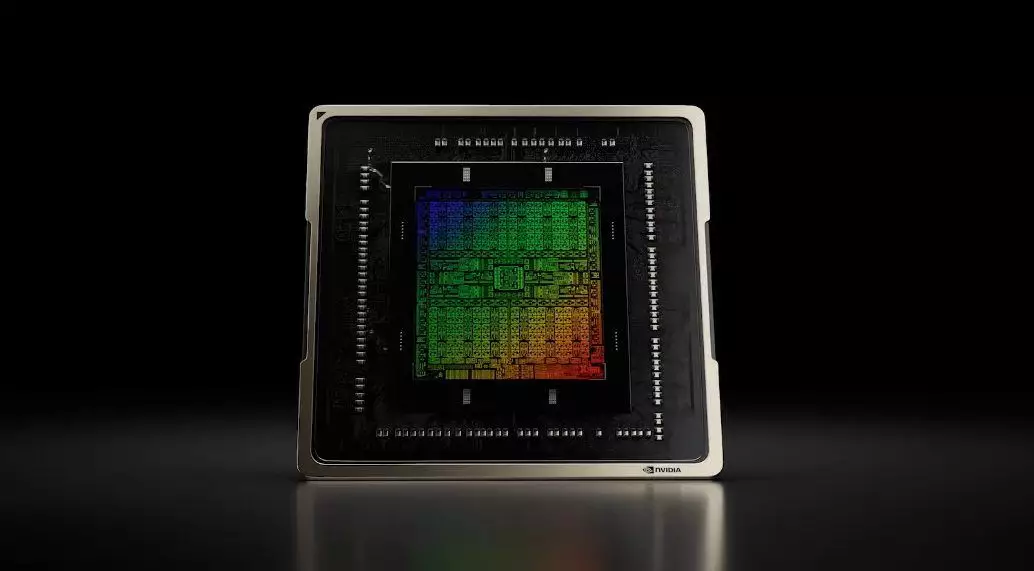As the gaming industry evolves, the technology driving it often shifts in surprising ways. Speculation regarding Nvidia’s venture into Arm processors has been rife for over a year. Recent developments hint at a potentially transformative offering that could impact the gaming laptop market significantly. Nvidia’s upcoming Arm-based chips might not only mark a departure from traditional architectures but also push the performance envelope in energy-efficient gaming. Here, we delve into the rumors surrounding these processors, the partnerships being forged, and the implications of entering a competitive market dominated by AMD.
Sources close to Nvidia suggest that the company’s Arm chips will target a performance profile of around 80W. This positioning is intriguing, especially when considering that discussions have drawn parallels with the gaming performance of Nvidia’s RTX 4070 laptop GPU. Such performance metrics indicate that these new chips could rival established units while being designed for low-power consumption. The balance of performance and efficiency is crucial for portable gaming, where battery life remains a significant concern for users and manufacturers alike.
Moreover, the prospect of Nvidia aiming for a direct comparison in performance with AMD’s Strix Halo architecture heightens the stakes considerably. AMD’s prowess in mobile APUs, particularly with their RDNA 3.5 capabilities, produces heat and energy-efficient solutions that are attractive in gaming laptops. With recent leaks detailing the significant capabilities of those chips, Nvidia’s Arm processor has hefty shoes to fill. However, if the rumors prove to be accurate, we could witness an exciting and competitive landscape in which both companies push the boundaries of mobile gaming technology.
Perhaps one of the standout revelations from current rumors is Nvidia possibly collaborating with Dell under the prestigious Alienware brand. This collaboration could introduce a series of gaming laptops that marry Nvidia’s CPU and GPU technology with an Arm architecture, marking a substantial shift in their product offerings. An Nvidia-driven Alienware laptop would symbolize a bold and strategic move into a competitive space characterized by power-hungry gaming setups that have historically favored large form factors.
The significance of this partnership lies not only in the products that may emerge but also in the combined expertise of two industry giants. Historically, Alienware has been synonymous with high-performance gaming machines. With Nvidia’s latest technology integrated, the potential for innovation seems boundless. Furthermore, such initiatives signal a broader industry shift toward integrating advanced edge technology into portable devices, which have lagged behind in raw performance traditionally.
With AMD’s Strix Halo chips looming on the horizon, Nvidia is in a precarious position. AMD’s recent announcements concerning their mobile architectures suggest that they will soon introduce powerful options that could reshape user expectations. Competing directly with their Ryzen AI 300 Max chips and the potential performance offered by these processors evokes a sense of urgency for Nvidia. Their new Arm-based APU must deliver strong performance metrics in gaming while maintaining power efficiency to appeal to the growing portable gaming market.
The anticipated introduction of Nvidia’s APU coincidentally aligns with speculations regarding production sources. While it remains uncertain whether TSMC or Intel will manufacture these chips, Nvidia’s reported collaboration with MediaTek is noteworthy. If this partnership allows for effective manufacturing processes and technological synergy, it could spell significant advantages for Nvidia in garnering market share in the quickly evolving world of mobile gaming hardware.
A crucial backdrop for these developments is the ongoing evolution of Windows on Arm, particularly as Microsoft’s deal with Qualcomm nears expiration. Nvidia’s foray into this domain could play a pivotal role in ushering a new era for gaming on Arm-based systems. Given that substantial efforts are underway to enhance the software ecosystem—including improvements in Windows’ capability to handle AVX and AVX2 instructions—potential fears about compatibility and functionality could be assuaged.
The notion that a robust gaming experience on an Arm architecture could emerge soon depends on multiple factors converging effectively. If Nvidia’s projected APU delivers on its promises, combined with software enhancements, we may very well be witnessing the dawn of a significant shift in portable gaming options.
While speculation continues to swirl around Nvidia’s upcoming Arm processors, the implications for portable gaming are monumental. Competitive performance, strategic partnerships, and the evolution of Windows on Arm create an exciting landscape for gamers and developers alike. As details continue to unfold, one thing seems certain: the gaming community has much to anticipate.

